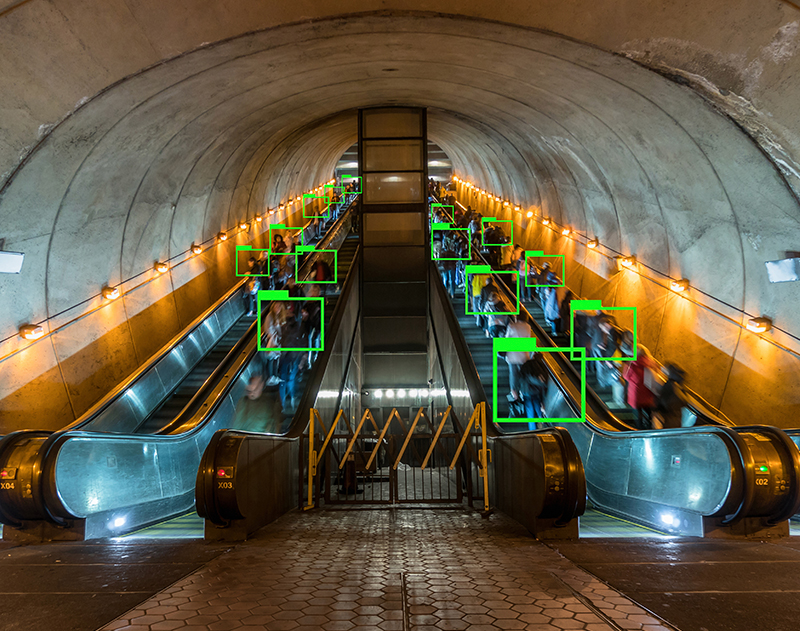Content Everywhere: Maximizing Accessibility with Headless CMS
In the digital age, content is king, and its accessibility reigns supreme. As the demand for seamless user experiences across various platforms continues to rise, businesses are turning to innovative solutions like Headless CMS to ensure their content reaches audiences everywhere. In this article, we delve into the significance of accessibility in content management and explore how Headless CMS plays a pivotal role in maximizing accessibility.
Understanding Headless CMS
Headless CMS represents a departure from traditional content management systems by decoupling the frontend presentation layer from the backend content repository. Unlike monolithic CMS platforms, which tightly integrate content creation, storage, and delivery, Headless CMS provides content as a service (CaaS), allowing developers to deliver content to any device or channel via APIs. This architectural flexibility enables seamless content distribution across websites, mobile apps, IoT devices, and beyond.
Leveraging Headless
CMS for Accessibility Headless CMS empowers organizations to create and deliver accessible content seamlessly. Here’s how:
- Device Agnosticism: Headless CMS decouples content from presentation, allowing developers to optimize content for various devices and screen sizes. Whether users access content via a desktop browser, mobile app, or assistive technology like screen readers, Headless CMS ensures a consistent and accessible experience.
- Content Reusability: With Headless CMS, content creators can author content once and reuse it across multiple channels. By centralizing content management, organizations can maintain consistency and accessibility standards across all touchpoints.
- API-driven Accessibility: Headless CMS platforms typically provide robust APIs for content delivery. Developers can leverage these APIs to integrate accessibility features seamlessly into frontend applications, such as alt text for images, semantic HTML markup, and keyboard navigation support.
- Progressive Enhancement: Headless CMS promotes a progressive enhancement approach to web development, where basic content is delivered to all users, with enhanced features progressively layered on top. This ensures that even users with limited bandwidth or outdated devices can access essential content without barriers.
Best Practices for Accessible Content Management
To maximize accessibility with Headless CMS, organizations should adhere to the following best practices:
- Conduct Accessibility Audits: Regularly audit your content and digital assets for accessibility compliance using automated tools and manual testing.
- Provide Alternative Text: Always include descriptive alt text for images and multimedia content to ensure accessibility for users with visual impairments.
- Semantic Markup: Use semantic HTML markup to enhance the structure and accessibility of your content for assistive technologies.
- Keyboard Navigation: Ensure that all interactive elements are accessible via keyboard navigation, providing an inclusive experience for users who cannot use a mouse.
- Continuous Improvement: Stay informed about evolving accessibility standards and best practices, and continuously refine your content management processes to ensure ongoing compliance.
In an era where content is consumed across an ever-expanding array of devices and platforms, accessibility is non-negotiable. Headless CMS empowers organizations to deliver accessible content seamlessly, ensuring that every user, regardless of ability, can access and interact with digital content without barriers. By embracing accessibility as a core tenet of content management, businesses can foster inclusivity, enhance user experiences, and build stronger connections with their audiences in the digital landscape.







